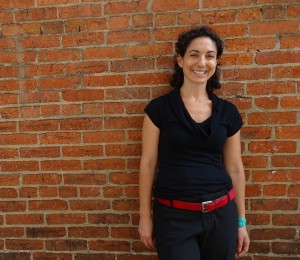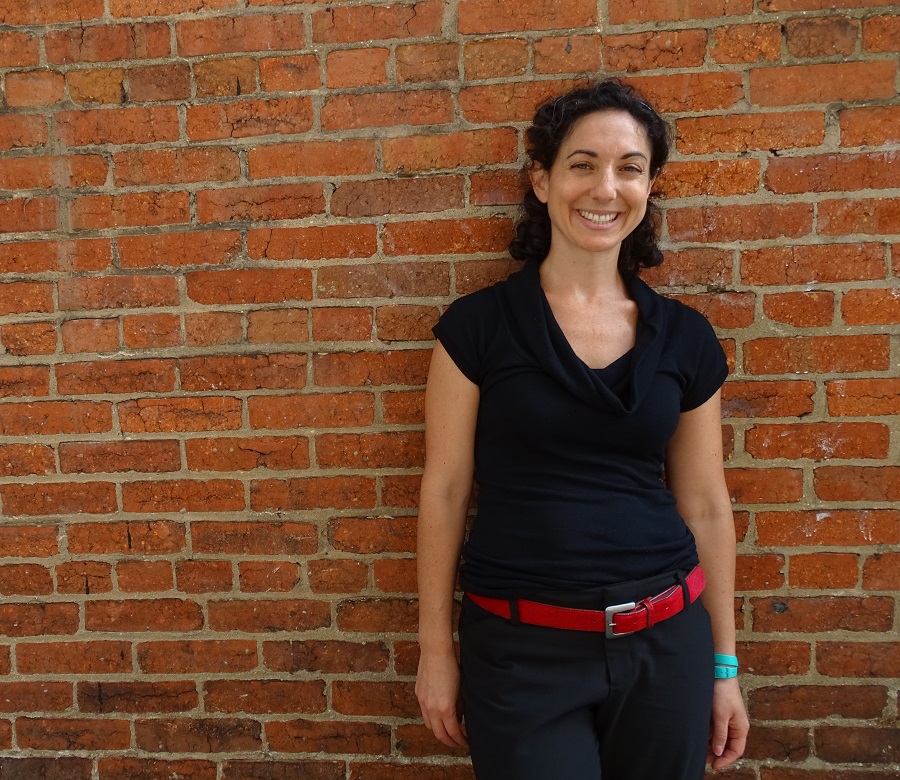Sara Shalva

My work in building alternative Jewish community exists both inside and outside the trends laid out in Sid’s book. In any attempt to seek meaning by superimposing structure, the structure limits the opportunities to see creativity in the cracks between.
The Lev B’Lev community I helped create exists outside traditional Jewish institutions, but was created through them. The families that gathered at family camp in the summer of 2012 and decided to continue meeting outside of camp, came together with a desire to create something new on our own. Sid rightly identifies and describes this DIY mentality in his book.
The dual constructs of covenantal verses tribal identity types feels antiquated or perhaps merely inadequate in our group. None of us fit into either category, in fact, in our group, many of us straddle both. Our struggle is bridging those identity priorities in our own lives, of feeling both inside and outside the Jewish community at once. All of us have interfaith couples in our lives as family members or friends. Ideas of what constitutes inside or outside our circles feels more fluid. We identify and articulate with both the universal and particular values in nuanced and sophisticated ways. This attitude is mirrored in our various relationships with Israel.
Sid’s thorough review of the state of the Jewish community today and trends emerging from thriving “youngish” alternative Jewish communities is illuminating and incomplete. In the three years since the book has been published and perhaps even before, I would suggest other trends and themes coming out of these nascent groups that could use similar analyses. These alternative ways of parsing lead to other interpretations of what young Jews are looking for in terms of community and meaning.
One such trend could be characterized as interest in embodied spirituality. More and more Americans are feeling stressed out and out of control. Simultaneously, breakthroughs in science are showing us that various forms of stress make us sick. A general trend among Americans is an increased interest in reducing stress through movement and meditation. Young Jews are also seeking opportunities to reduce stress through movement and meditation. As Jews connect to Judaism through these practices more communities are working to integrate these ideas and infuse their ritual experiences with these spiritual approaches.
For the most part, my work echoes the trends Sid so beautiful describes. I too have found young Jews are committed to social justice, seeking meaningful communities, looking for wisdom and exploring spirituality. I am so trying to bring these trends into the context of creating space for young families. From the field, I am finding more and more Jews looking for non-institutional Jewish space. I am so interested to see how all these expressions of Judaism and new Jewish groups will sustain themselves over time.
___________
Sara Shalva is the Director of Jewish Innovation at the DCJCC. For the past fifteen years Sara has interwoven her skills enhancing lives, strengthening organizations and transforming communities. Sara is also a Bikram Yoga teacher.



January 19, 2017 @ 5:42 pm
Sara, thanks so much for bringing embodied spirituality into this conversation. The immediacy, creativity, and multi- dimensionality that embodied and somatic practices bring to the individual and communal Jewish experience are still so often left out of the Jewish institutional mix. Of course, this has shifted quite a bit during that past 15 or so years, but more needs to be written, spoken, recorded, and video’d to fully integrate this consciousness into more mainstream venues.